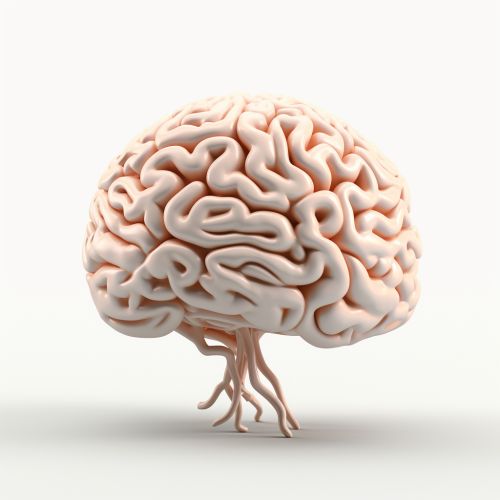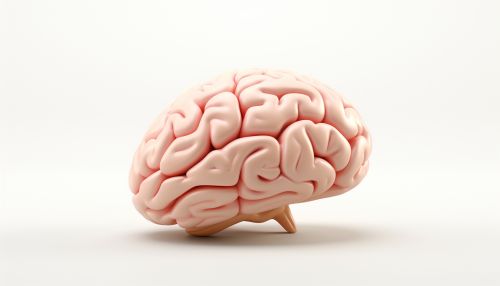Computational Neuroscience
Introduction
Computational neuroscience is a branch of neuroscience that employs mathematical models, theoretical analysis, and abstractions of the brain to understand the principles that govern the development, structure, physiology, and cognitive abilities of the nervous system. It integrates principles from physics, computer science, mathematics, biology and chemistry to form a coherent picture of the workings of the human brain and the behavior it produces.


History
The field of computational neuroscience has its roots in the work of Rall and Hodgkin and Huxley, who used mathematical equations to describe electrical activity in neurons in the mid-20th century. The term "computational neuroscience" was introduced by Eric L. Schwartz, who organized a conference, held in 1985 in Carmel, California, at the request of the Systems Development Foundation to provide a summary of the current status of a field which until that point was referred to by a variety of names, such as "neural modeling", "brain theory" and "neural networks". The proceedings of this definitional meeting were published in 1990 as the book "Computational Neuroscience".
Theoretical Foundations
Computational neuroscience is based on a dual approach of bottom-up and top-down methodologies. The bottom-up approach involves the creation of models of single neurons and their interactions, while the top-down approach involves the creation of high-level cognitive models of brain functions.
Single Neuron Modeling
Single neuron modeling involves the creation of mathematical models of the properties of individual neurons. These models are often based on the Hodgkin-Huxley model, which describes how action potentials in neurons are initiated and propagated. This model is based on differential equations and includes parameters for the various ionic currents that flow through the neuron's membrane.
Network Modeling
Network modeling involves the creation of models of neural circuits and networks. These models often involve large numbers of neurons and their synaptic connections. They can be used to study the behavior of large groups of neurons and to investigate how neural networks process information.
Cognitive Modeling
Cognitive modeling involves the creation of high-level models of brain function. These models often involve abstract representations of neural processes and are used to study cognitive functions such as memory, attention, and decision-making.
Techniques and Approaches
Computational neuroscience uses a variety of techniques and approaches to study the brain. These include mathematical modeling, computer simulations, and data analysis.
Mathematical Modeling
Mathematical modeling involves the use of mathematical equations to describe the behavior of neural systems. These models can be used to predict the behavior of these systems under different conditions and to test hypotheses about their function.
Computer Simulations
Computer simulations involve the use of computers to simulate the behavior of neural systems. These simulations can be used to study the behavior of these systems in detail and to investigate the effects of changes in their parameters.
Data Analysis
Data analysis involves the use of statistical methods to analyze data from experiments. This can include the analysis of neural recordings, behavioral data, and imaging data.
Applications
Computational neuroscience has a wide range of applications. It is used in the development of neural prosthetics, in the study of neural diseases, in the development of artificial intelligence, and in the study of the principles of neural computation.
Neural Prosthetics
Computational neuroscience is used in the development of neural prosthetics, devices that can replace or enhance the function of damaged or missing neural tissue. These devices can be used to restore function to individuals with neural damage or disease.
Neural Diseases
Computational neuroscience is used in the study of neural diseases. It can be used to develop models of these diseases, to investigate their causes, and to develop treatments.
Artificial Intelligence
Computational neuroscience is used in the development of artificial intelligence. It can be used to develop algorithms that mimic the behavior of neural systems, leading to the development of more sophisticated artificial intelligence systems.
Principles of Neural Computation
Computational neuroscience is used to study the principles of neural computation. It can be used to investigate how neural systems process information, how they learn, and how they make decisions.
